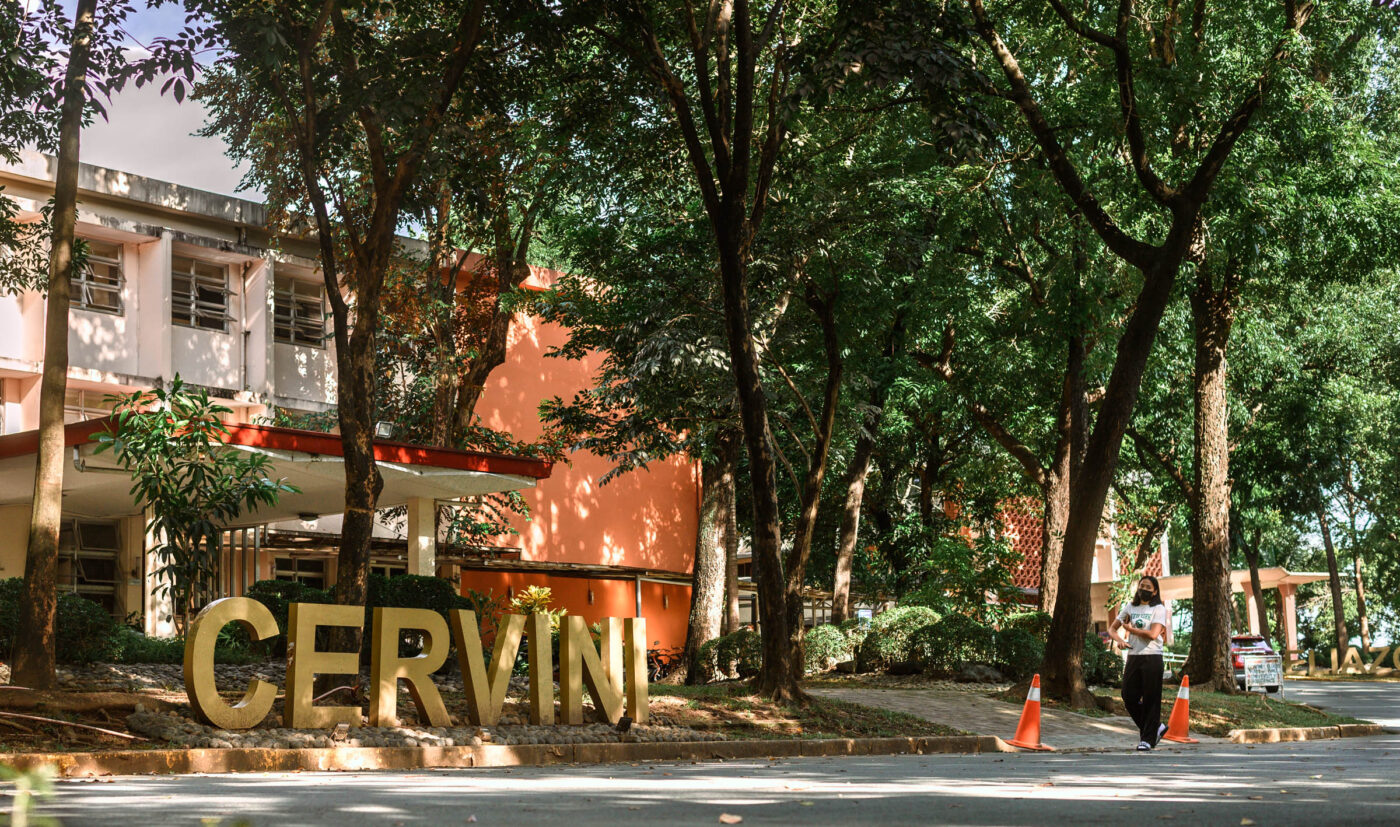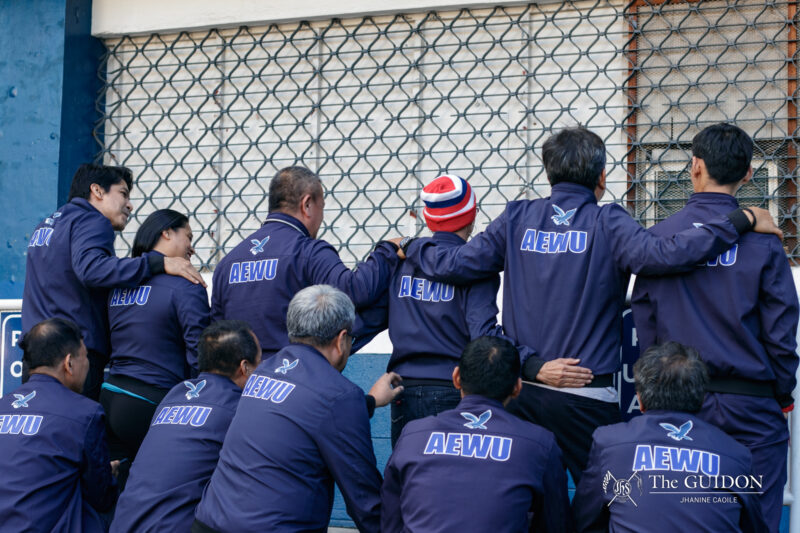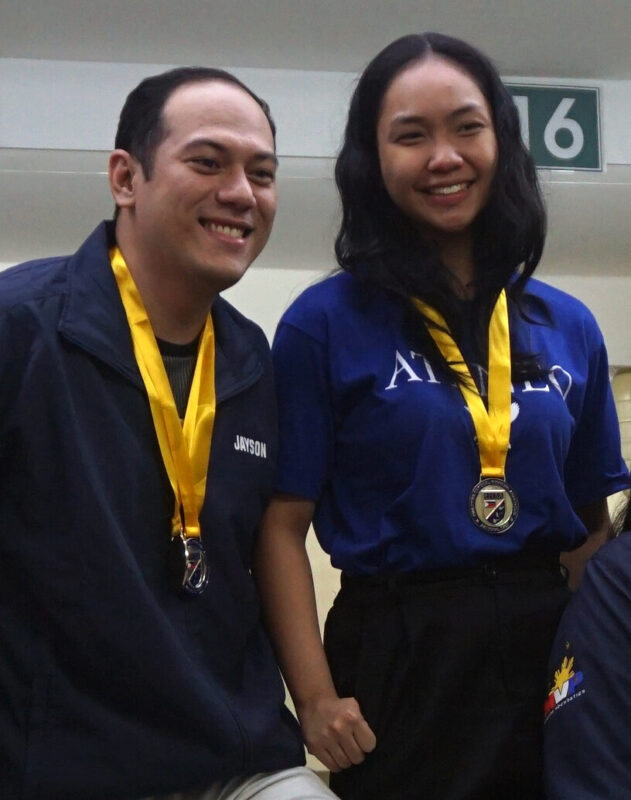TO ACCOMMODATE more dormers within the campus premises, the University Residence Halls (URH) returned to normal operations and total capacity beginning the first semester of AY 2023–2024.
According to a July 19 memo, room occupancy in Cervini Hall, Eliazo Hall, and the University Dormitory (UD) will return to quadruple-sharing, with four students sharing one space.
Vice President for Administration and URH Officer-in-Charge (OIC) Rodolfo “Rudy” Ang stated that the protocols during the pandemic—such as the acrylic barriers in bathrooms, and arrows on the floor to promote social distancing—will be taken down to accommodate the University’s decision to adjust to the “new normal.”
“[The term] ‘normal’ is not normal na pre-pandemic, but a new normal. […] We are moving out of crisis mode or pandemic mode as the rest of the nation has done,” Ang clarified. He added that they have isolation rooms as a contingency, should there be an upsurge of COVID cases.
In line with the URH’s plans, Ateneo Resident Students Association (ARSA) President Angela Yu stated that since the sector’s return and reactivation, it has been committed to supporting the administration’s operations and formation activities, such as the organization of karaoke or movie nights for dormers.
A hopeful restart
This academic year, OIC and Assistant to the URH Director for Facilities and Operations Marie Villanueva stated that the dormitories currently hold over 1,100 residents, with last year’s occupants being around 900 students.
To better accommodate this increase, Ang mentioned that they are looking into adding two new laundromats to the International Residence Hall and the Cervini Hall respectively. Moreover, a new team of dorm assistants has been added to help organize the structure and activities of the URH.
The URH has also outlined logistical changes for the current AY. Notably, Ang shared that they plan on adding a third dorm cafeteria concessionaire by next year after their clean-up of the Jose Mari Chan Hall.
However, the hall will be used temporarily as a study area exclusively for the student-athletes while renovations are ongoing at the Blue Eagle Gym. Moreover, the Alingal Hall will be used as the temporary gym for URH residents, as the Judo Team will use the Cervini Rec Room for practices.
A helping hand
With the dorms unoccupied until last year, Ang shared that they have been focusing on “touch-up efforts” to address area and room concerns such as water leaks, broken toilets, and damaged walkways.
However, due to the URH’s limited student capacity during the pandemic, Ang cited the lack of human resources as the main challenge his office faced during preparations for the current AY. Despite this, Ang assured that they have begun recruiting for open positions to be filled this year.
On the other hand, ARSA has been supporting the URH on the sidelines, providing feedback based on student sentiments. Yu mentioned that students course these through a grievance system that gauges the experience of each dormer for future discussions on improvement.
Yu also expressed that there are times when the URH and ARSA do not see eye to eye, but both committees nonetheless work together with one shared vision. “We don’t necessarily align in terms of the means to [reach our objectives, but] I know that we all have one goal, and that is to build a stronger URH community as one,” Yu shared.
Yu conveyed that while the URH administration and ARSA are separated in terms of their projects and plans, they aim to push for a united dormer community to ensure a comfortable atmosphere.
Far from home
To help dormers adjust to a new environment, Yu said that ARSA has been holding bonding sessions and dormer wellness to the community.
In particular, the ARSA ran their own rendition of the Orientation Seminar held lastAugust 15 to 27. This event aims for newcomers to feel welcome around other dormers and be informed regarding the URH’s policies.
Sharing their experience, dormer Chatrine “Chat” Lanot (2 Dip IR) expressed that despite the changes in room assignment policies such as the now quad-sharing rooms, they find themselves being able to adjust well with the URH and ARSA’s efforts.
Specifically, Lanot emphasized that under the discretion of the URH and ARSA, both new and old dormers were given University Dorm Kits to constantly orient them of the student policies and rules.
“I’m very thankful for the ARSA community and the dormer community. […] I appreciate the amount of effort [they] put into the orientations and initiatives,” Lanot shared.
Similar to Lanot’s sentiments, Ang states that the URH staffers strive to provide a nurturing and caring environment where dormers can feel welcome. He adds that the URH community is here to make their lives as convenient as possible.







